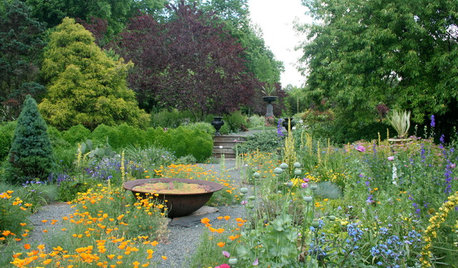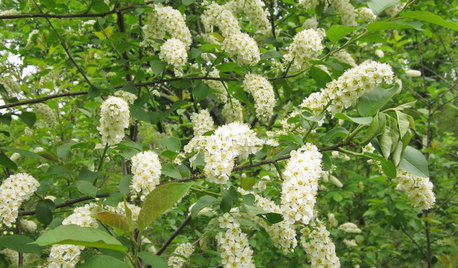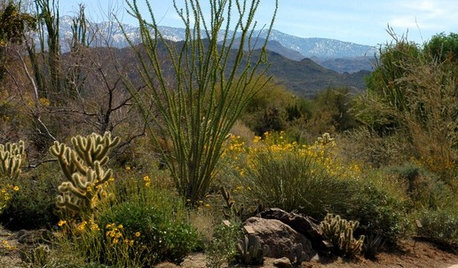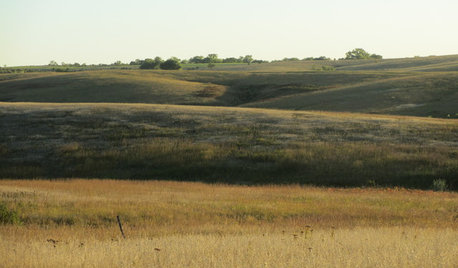Herbicide damage?
robhan
9 years ago
Related Stories

GARDENING GUIDESWeed War: When and How to Use Chemical Herbicides
Before you spray, arm yourself with knowledge about which weed killers — natural or synthetic — are right for your yard
Full Story
GARDENING GUIDESHow to Switch to an Organic Landscape Plan
Ditch the chemicals for a naturally beautiful lawn and garden, using living fertilizers and other nontoxic treatments
Full Story
LANDSCAPE DESIGNThe Unparalleled Power of Trees
Discover the beauty and magic of trees, and why a landscape without them just isn't the same
Full Story
REGIONAL GARDEN GUIDESSoutheast Gardener's February Checklist
Pinch, prune and prepare this month — springtime's riches in the garden will be here before you know it
Full Story
LANDSCAPE DESIGNGarden Overhaul: Which Plants Should Stay, Which Should Go?
Learning how to inventory your plants is the first step in dealing with an overgrown landscape
Full Story
TREESNative Plant Alternatives to Invasive Common Buckthorn
Learn how to identify and control this aggressive plant, and what to grow in its place
Full Story
GARDENING GUIDESSouthwest Gardener's April Checklist
Welcome the return of roses and herbs, and consider a new use for vines as you rejoice in your newly green spring garden
Full Story
GRASSESHow to Rock a Lawn
Weekend Project: The key to healthy grass begins with the soil. If turf works for you, here’s how to fix it and keep it looking its best
Full Story
GARDENING GUIDESGet on a Composting Kick (Hello, Free Fertilizer!)
Quit shelling out for pricey substitutes that aren’t even as good. Here’s how to give your soil the best while lightening your trash load
Full Story
GARDENING GUIDESHow to Get Your Prairie On
Have a field day with your landscape, even if you've got just a few modern containers on a paved path
Full StorySponsored
More Discussions







jean001a
robhanOriginal Author
Related Professionals
Parole Landscape Architects & Landscape Designers · Bedford Heights Landscape Contractors · Milford Mill Landscape Contractors · New Berlin Landscape Contractors · North Plainfield Landscape Contractors · Wallingford Landscape Contractors · Lincoln General Contractors · Montclair General Contractors · Phenix City General Contractors · West Babylon General Contractors · West Lafayette General Contractors · Westchester General Contractors · Fredericksburg Decks, Patios & Outdoor Enclosures · Boise Decks, Patios & Outdoor Enclosures · Prichard Decks, Patios & Outdoor EnclosuresrobhanOriginal Author
digdirt2
robhanOriginal Author
digdirt2
seysonn
jean001a
digdirt2
robhanOriginal Author
seysonn
digdirt2